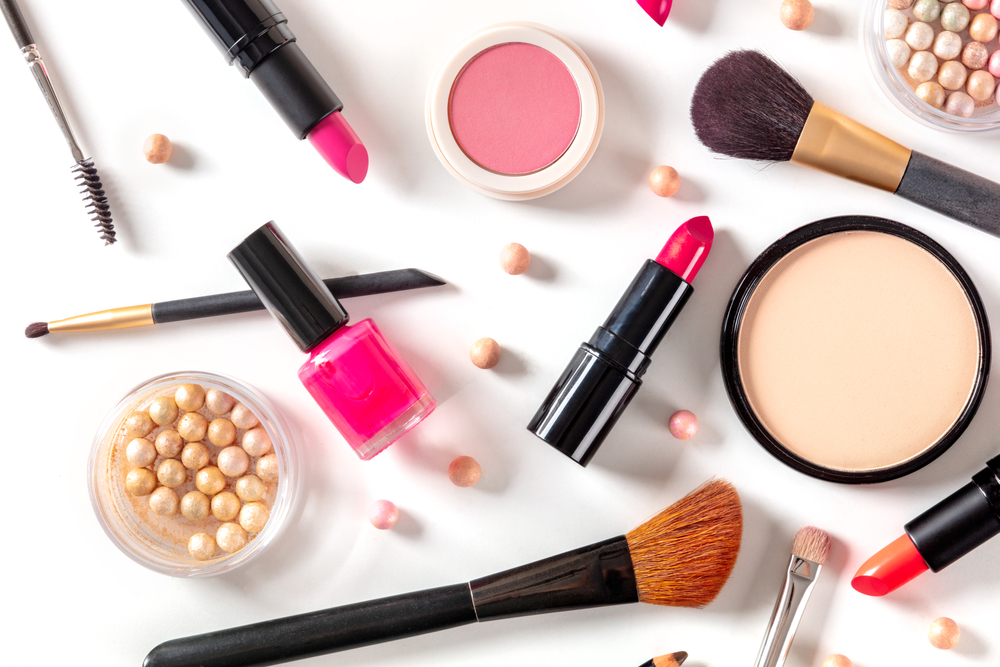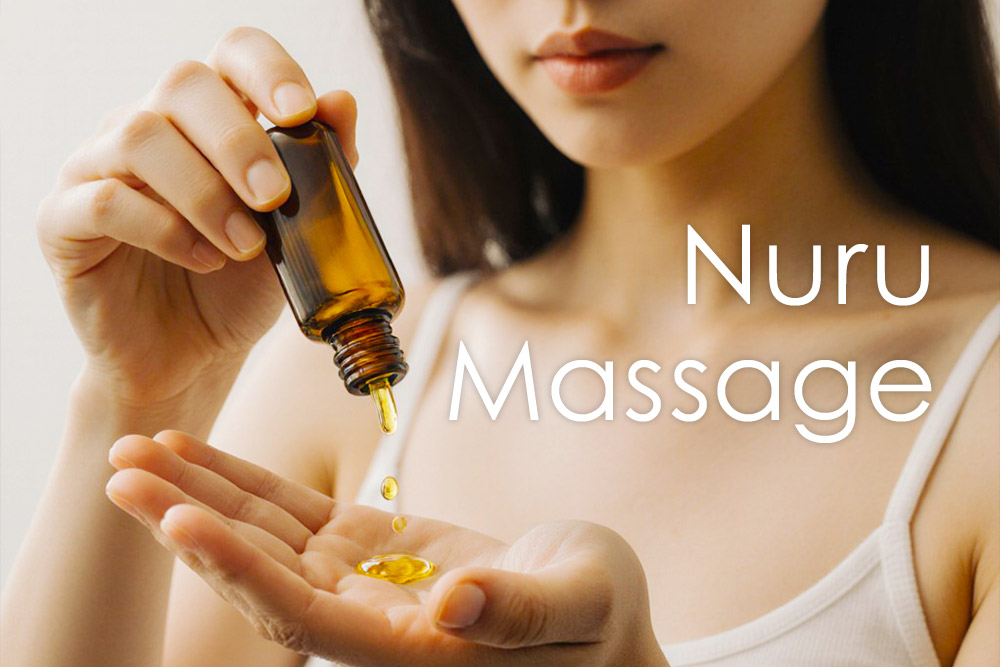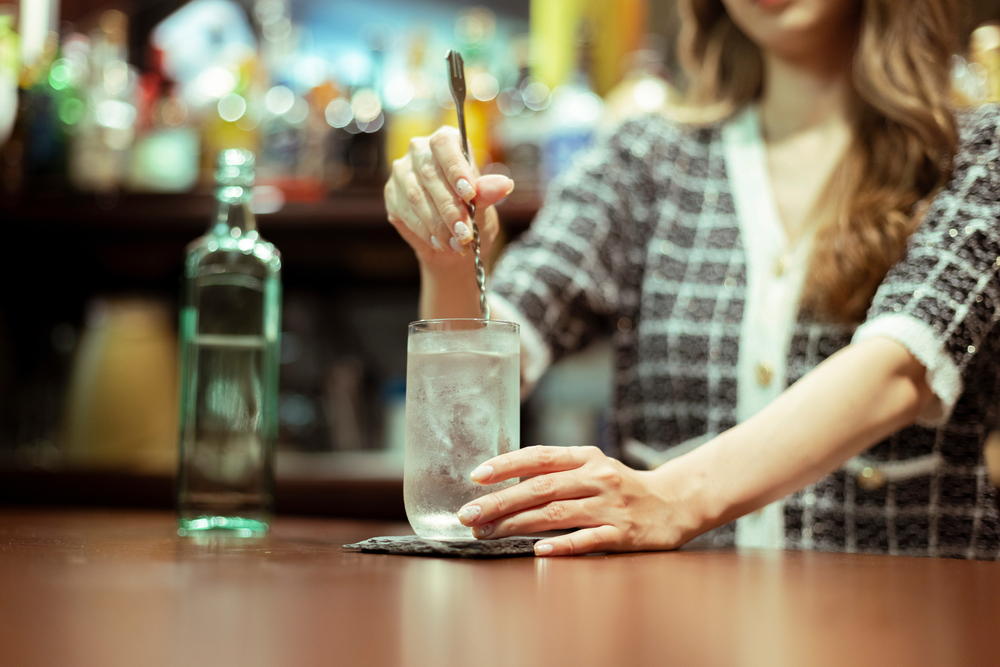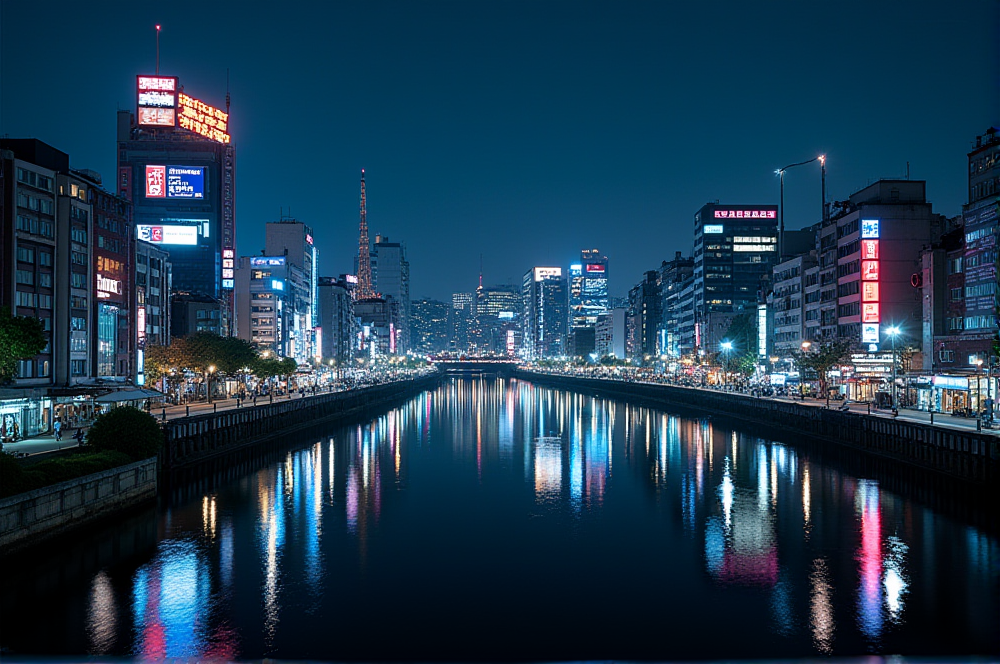

There are probably many foreigners visiting Japan who would like to enjoy gyaru culture at Japanese adult entertainment shops.
Even when it comes to gyaru, there are different fashions depending on the age group, and there are various types of gyaru based on their characteristics.
Therefore, in this article, we will explain the characteristics of Japanese gyaru culture by age group and introduce adult entertainment shops where gyaru are employed.
In order to introduce an adult entertainment shop where you can actually experience gal culture, it is a must-see for foreigners visiting Japan who want to use an adult entertainment shop where gals are employed.
What is Japanese gal culture?

To begin with, the word “gal” is derived from the English slang word “gal” which means girl.
For men, they are called “gal men.”
Nowadays, when we say “gal,” we mostly refer to women who wear flashy make-up, hair colors, and nails that reveal a lot of information.
Gyaru culture in Japan reached its peak in the 1990s.
At this time, fashion such as blonde hair, miniskirts, and loose socks were the mainstream, so it can be said that it had a strong image of being flamboyant.
Characteristics of gyaru culture differ depending on the age

Gyaru may have a flashy impression, but there are many different types of gyaru, and gyaru culture has changed over the years.
Therefore, women who wear flashy fashion are not necessarily called gyaru.
Therefore, we will dig deeper and explain Japanese gyaru culture by age.
Early 1980s
The origin of gyaru culture is the “Ikeike gyaru” of the early 1980s.
In many cases, ikeike gal was used to mean “energized” or “cool girl.”
Ikeike gals have the following characteristics:
・Upturned bangs
・Tight costumes
・Dancing at the disco
Gyaru at this time did not refer to a specific genre, but all the flashy older ladies who had a good economy were collectively called ikeike gyaru.
They were older than today’s gals, referring to university students and office ladies in their late teens to 20s.
Late 1980s
In the late 1980s, LA-style fashion became popular among girls who frequented clubs, and LA gals emerged.
LA gals are also called para gals and have the following characteristics:
・Resort style dress
・White sneakers
・Light makeup
・Sunburned skin
Unlike today’s flashy image, LA gals have a calm sex appeal.
The age range has fallen slightly since the early 1980s, and it now refers to women who are around university age.
This LA gyaru became the prototype of modern gyaru culture.
Early 1990s
The 1990s was the peak of gyaru culture.
In the early 1990s, a Kogyal culture was established.
It refers to gals who are high school girls, and Kogal fashion has characteristics unique to high school girls.
・Arrange uniforms
・Miniskirt or loose socks
・Oversized cardigan
・Flashy makeup such as colored contact lenses and eyelashes
・Brown hair
・Wheat skin
Around this time, there was a culture where people carried popular brand shopper bags instead of bags.
Gyaru brands are gaining momentum, with shop staff known as charismatic staff being featured in the media.
Mid 1990s
In the mid-1990s, fashion that imitated famous female singers became all the rage. At that time, girls who imitated the famous female singer’s appearance were called “Amra”.
Typical Amler fashions include:
・Thin eyebrows
・Thick-soled knee-high boots
・Pants suit style
・Burberry miniskirt
・Black turtleneck
・Healthy tanned skin
Although Amler and Gyaru are different cultures, Amler’s fashion was later accepted by Gyaru fashion and became the foundation of Gyaru culture.
Late 1990s to early 2000s
The period from the late 1990s to the early 2000s was the period when gyaru culture flourished the most.
Shibuya gals and JK gals have gained momentum.
Shibuya Gyaru and Gyaru JK are a culture whose predecessors are KoGyaru, and the characteristics of Shibuya Gyaru are as follows.
・The charismatic clerk boom
・Black skin
・Beige lip
・Thick-soled shoes
Gal JK is a gal with characteristics similar to Kogal.
・Oversized cardigan
・loose socks
・Healthy tanned skin
Makeup and fashion have become more flashy, with large eyes made up by layering false eyelashes and thick eyeliner.
Following this trend, the even more flashy Yamanbagyaru also appeared.
・Pitch black skin called ganguro
・Colorful mesh on bright blonde hair
・Pure white highlights
・Excessive eye makeup
Yamanba gals often have flashy hair colors. Some gals incorporated two or more colors from pale pink, blue, green, purple, and white.
Late 2000s
In the early 2000s, gyaru culture began to diverge.
Until now, black-skinned gals were the mainstream, but now white-skinned gals have appeared.
Hime gal is a gal who prefers romantic, princess-like fashion.
・Feminine colors such as pink and ribbons
・Gorgeous blonde hair with curly and thick hair
・White skin
On the other hand, Shirogyaru (white gals) are known for their white skin while still wearing flashy makeup.
・Beautiful skin that does not get sunburned
・Perfect eye makeup
・Combines the glamor and cleanliness of a gal
・Place naturally without being too flashy
By this time, the boom in gyaru culture had passed, and the gyaru culture had declined compared to its peak.
Early 2010s
In the first half of the 2010s, gyaru culture will continue to decline.
Gyaru culture came to an end due to the discontinuation of magazines that served as role models for gyaru culture and the Korean wave boom.
Korean fashion, makeup, music, and food became all the rage in Japan, replacing gyaru culture, and in many cases, gyaru culture was considered outdated.
Although gyaru culture is no longer at the cutting edge of fashion, it continues to live on in rural areas.
Also, around this time, a new culture called neo-gal was born, which adopted flashy hair such as purple and the fashion of foreign celebrities.
Late 2010s
In the late 2010s, gyaru culture will once again gain influence.
Magazines that represent gyaru culture have been reprinted, introducing makeup and fashion that is influenced by Korean makeup and fashion while still retaining gyaru culture.
Additionally, Girl Crush, which portrays an independent and strong female image, became popular in K-POP.
The female image has some similarities to the mindset of a gal, and the number of situations in which girls are portrayed as a gal, including girl crushes, has increased.
Early 2020s
In the early 2020s, a new Reiwa gal culture was born.
・Various styles of fashion
・Bright and positive
Reiwa gals don’t have a fixed fashion style, but they have developed trends such as those that incorporate Korean make-up and the idea that if you have a gal mindset, you are a gal.
However, there are some people who cannot accept this trend, and it can be said that it is becoming difficult to define gyaru culture.
Enjoy Japanese gyaru culture at adult entertainment shops

You can also enjoy Japanese gyaru culture at adult entertainment shops.
There are cases where you can enjoy gyaru culture at adult entertainment shops in regions such as Tokyo and Osaka.
Here, we will explain adult entertainment shops where you can enjoy gyaru culture in the big cities of Tokyo and Osaka.
Enjoy gyaru culture at adult entertainment in Tokyo
There are adult entertainment shops in Tokyo that specialize in gals.
For example, “Gingira Tokyo” is an outcall escort service in Shinjuku.
Because only gyaru members are employed, it is popular among those who want to enjoy Japanese gyaru culture.
In addition, “Tinker Bell”, which is not specialized in gals but allows you to play with the Yoshiwara gal corps, is characterized by the fact that it employs black gals.
If you want to enjoy gyaru culture in Yoshiwara, why not visit this place?
Click here for Gingira Tokyo
Click here for Thinker Bell
Enjoy gyaru culture at adult entertainment in Osaka
There are many adult entertainment shops in Osaka where gals are employed.
For example, the long-established store “Gals Network Osaka Store” is an example.
You can enjoy Japanese gyaru culture at Osaka’s adult entertainment shops, as there are many stores that employ not only gyaru with blonde hair and dark skin, but also white gyaru.
Click here for Gals Network Osaka store
summary

Japan’s gyaru culture has changed over the years.
Currently, the definition of gyaru culture is becoming vague.
However, gyaru culture is characterized by bright eye makeup and bright hair colors.
At adult entertainment in Tokyo and Osaka, you can enjoy Japan’s gyaru culture.
Click here to search for adult entertainment shops in Tokyo
Click here to search adult entertainment shops in Osaka
City Heaven Traveler is one of Japan’s largest and most reliable adult entertainment sites operated by City Heaven.
City Heaven travelers can easily find adult entertainment shops where they can enjoy gyaru culture.
Find your favorite adult entertainment shops and enjoy Japan’s unique gyaru culture.
【Q&A】
Q.What is Japanese gyaru culture?
A.It depends on the age group, but in most cases, the term “gal” now refers to women who wear flashy makeup, hair color, and nails that are revealing. Fashion such as blonde hair, miniskirts, and loose socks is the mainstream, and it can be said that they have a strong image of being flashy.
Q.Are there any adult entertainment shops where you can enjoy Japanese gyaru culture?
A.Japanese gyaru culture can be enjoyed at adult entertainment shops. There are cases where you can enjoy gyaru culture at adult entertainment shops in regions such as Tokyo and Osaka.




